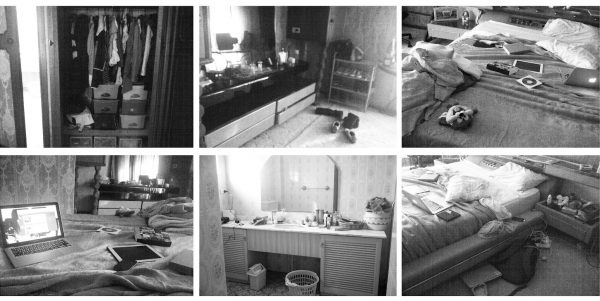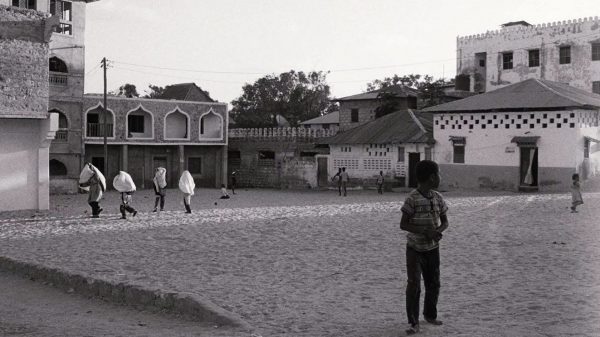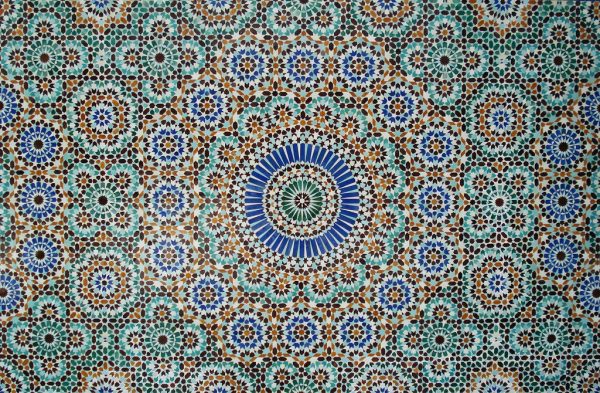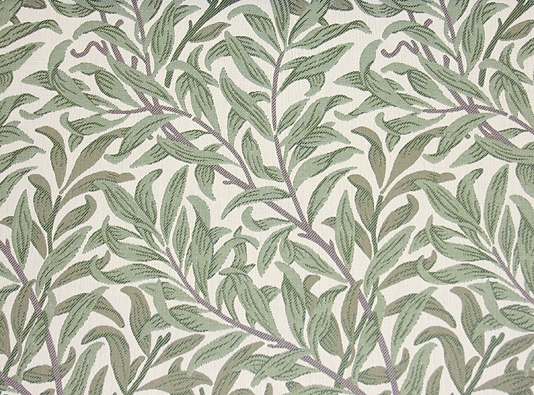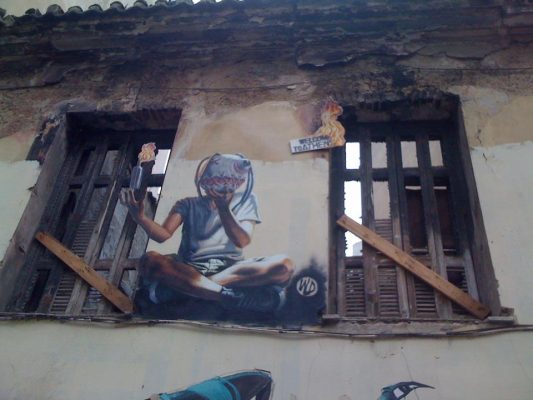Sophie Calle is France’s most celebrated conceptual artist. Her highly autobiographical, multi-disciplinary work combines the confessional and the cerebral, and is typified by the imposition of often bizarre rules and schemes upon her everyday existence. Her work – realised in photography and film, writing, performances and installations – is simultaneously emotionally wrought and clinically detached, inducing in its audience a furtive sense of voyeurism and intrusion.
Calle has claimed that she did not initially conceive of her practice as art, and that she only came to present herself as an artist in her mid-twenties to ‘seduce’ her father, a noted collector. For ‘The Sleepers’ (1979) she invited people to sleep in her bed for eight hours while she observed them, later combining the photographs with her own writing and snippets from interviews with the subjects. In the same year she met a man at a party and determined to follow him to Venice. Having phoned scores of hotels to find out where ‘Henri B.’ was staying, she persuaded the woman who lived across from his room to allow her to covertly photograph his comings and goings, all the while disguised in a blonde wig and make up. Her notes on this ‘Suite Vénitienne’ were later published alongside an essay entitled ‘Please follow me’ (1988) by her friend Jean Baudrillard. He rejects the notion that Calle was compelled by the desire to foster any kind of connection with her subject, or to engineer a satisfying resolution to a chance encounter: ‘Nothing was to happen, not one event that might establish any contact or relationship between them. This is the price of seduction. The secret must not be broken, at the risk of the story’s falling into banality.’
The artist’s enigmatic commingling of fact and fiction, her introduction of narrative structure into the chaos of lived experience, has long fascinating writers and theorists. Paul Auster wrote her into his 1992 novel Leviathan as the character Maris, whose ‘work was too nutty, too idiosyncratic, too personal to be thought of as belonging to any particular medium or discipline… {Her} activity didn’t stem from a desire to make art so much as from a need to indulge her obsessions, to live her life precisely as she wanted to live it.’ Delighted by the homage, Calle would create a series of artworks authored by the fictional character, and later collaborated with Auster on a book, Double Game.
Chris Kraus has written that Calle’s ‘projects are all conceived within a game plan – games that reference randomness and chance. But unlike certain late modernists who devised chance events, like the writers of the Oulipo Group, or William Burroughs and Brion Gysin, Calle has no particular belief that ‘chance’ can break the code of randomness and reveal a hidden meaning. Despite its enigmatic surface, Calle’s work is vastly less romantic. She reveals the empty space of chance to be just what it is, just empty.’
